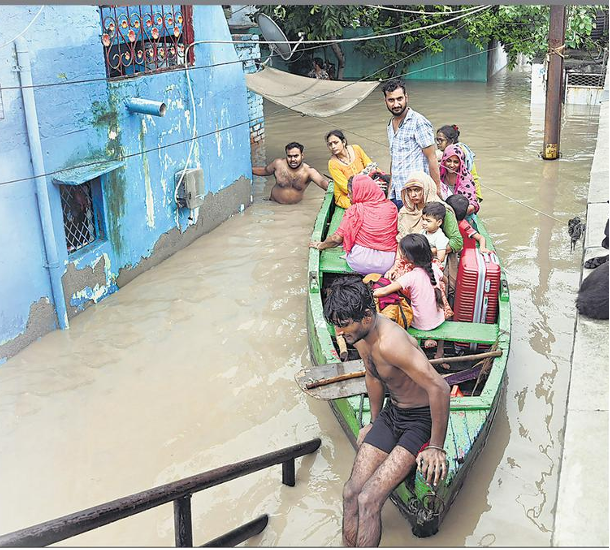Free Courses Sale ends Soon, Get It Now


Free Courses Sale ends Soon, Get It Now



Disclaimer: Copyright infringement not intended.
Context
The rising water level of the Yamuna River in Delhi.
Details
Flooding in Delhi
Rising Water Level and Release from Hathnikund Barrage
Strengthening Embankments and Response Measures
About Yamuna River
Course and Flow
Sacred River
Pilgrimage Sites
Pollution and Degradation
Conservation Initiatives
|
PRACTICE QUESTION Q) Discuss the causes and impact of flooding in Delhi, highlighting the role of topography and urban development.What further steps can be taken to address the challenges and minimize flood risks in Delhi? (250 words) |
© 2024 iasgyan. All right reserved